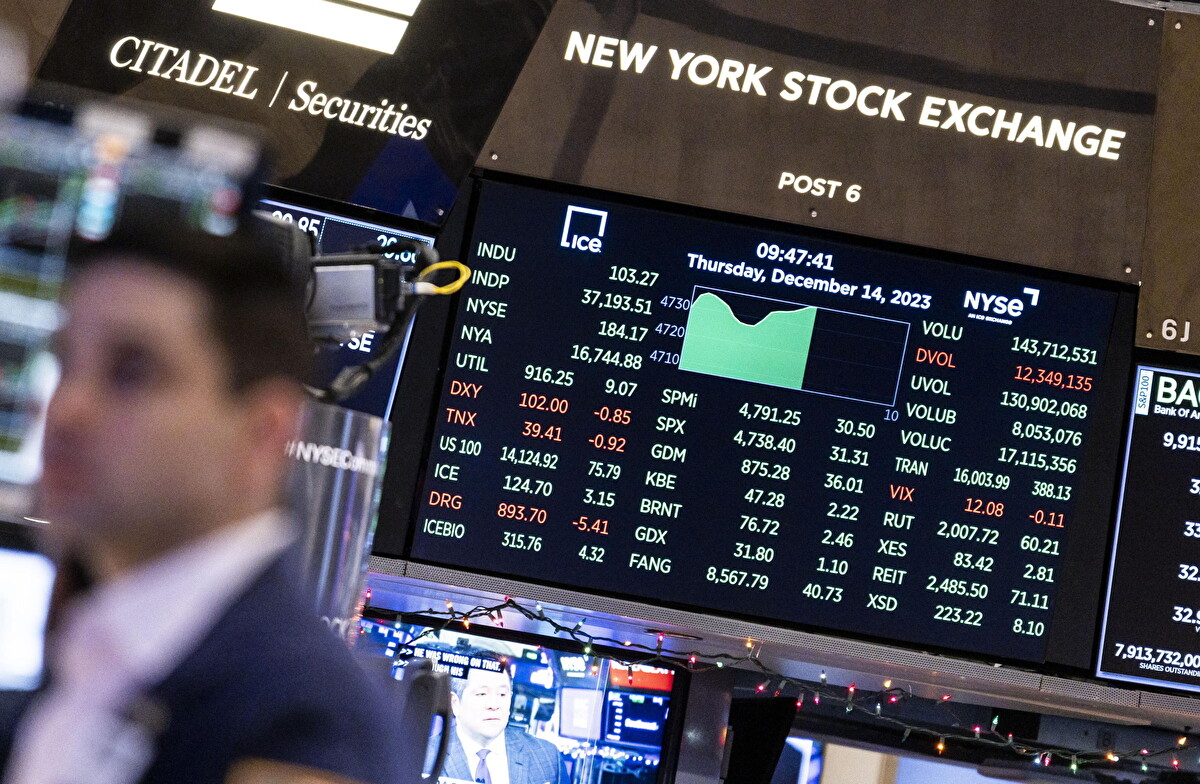The Federal Reserve decided on Wednesday to keep interest rates unchanged, offering little clarity on when it might ease monetary policy further. The central bank’s move comes as the U.S. economy continues to show mixed signals, with inflation still above the 2% target and solid growth accompanied by a low unemployment rate.
In its statement following the meeting, the Fed removed references to “progress” in reducing inflation toward its 2% goal. Instead, it emphasized that price increases “remain elevated” as key inflation indicators continue to run at least half a percentage point above the target.
Nonetheless, Fed officials remain optimistic that inflation could begin to decline in the coming months. “Economic activity continues to expand at a solid pace. The unemployment rate has stabilized at low levels, and labor market conditions remain strong,” the statement said.
The Fed’s policy-setting committee added that, in considering any future rate changes, it would carefully assess incoming data, the economic outlook, and global risks.
The decision to keep the overnight interest rate in the 4.25%-4.50% range, accompanied by a more cautious tone, signals a holding pattern for the Fed, which is now awaiting clearer signals on inflation, the labor market, and the potential impact of the Trump administration’s economic policies.
Immediately after the statement was released, short-term interest rate futures indicated that investors do not expect another rate cut until June. U.S. bond yields remained largely unchanged, while Wall Street saw a slight decline.
Within the Fed, there is still debate over how much further rates may need to fall. Some members of the central bank anticipate two more quarter-point cuts over the course of the year.












